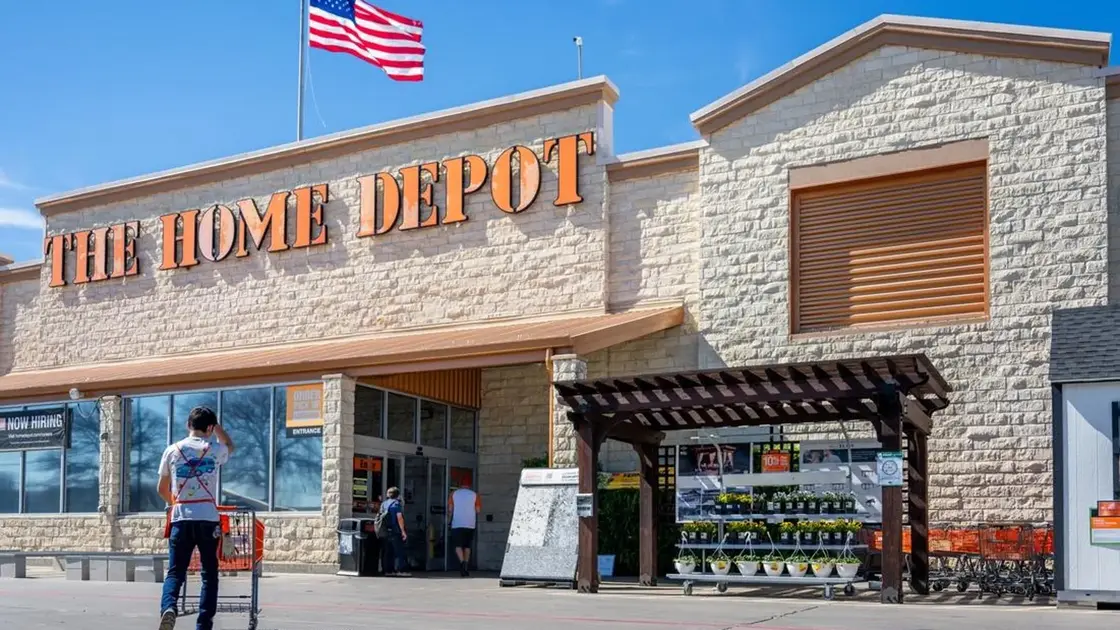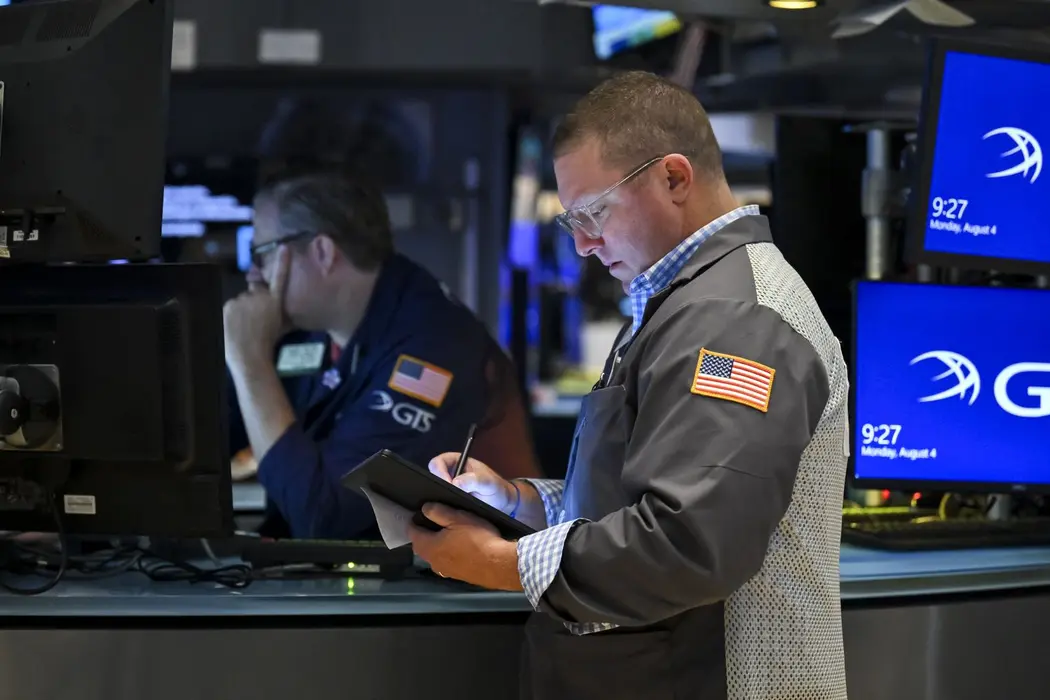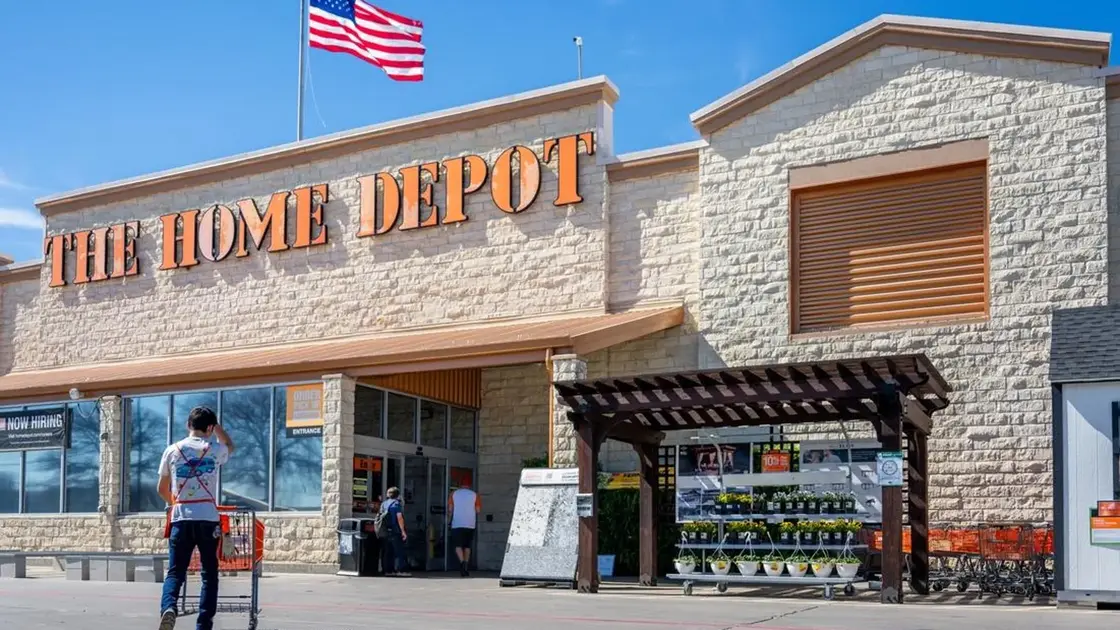T4K3.news
Home Depot misses estimates and hints at price moves
Tariffs weigh on spending as Home Depot misses earnings and revenue estimates and signals possible price changes.

Tariffs and higher borrowing costs weigh on spending as Home Depot misses earnings and revenue estimates ahead of key retail results.
Home Depot Sees Price Changes After Earnings Miss
Home Depot reported second-quarter net earnings of $4.6 billion, below the consensus of $4.71 billion, with revenue of $45.2 billion versus $45.3 billion expected. The results show growth from the first quarter but a pace that trailed Wall Street expectations. Chief Executive Ted Dinker said the results were in line with the company’s expectations and the full-year outlook remains intact, including a 2.8 percent growth in sales for the year. Chief Financial Officer Richard McPhail warned that higher tariff rates for some imported goods could affect prices but would not be broad-based. He added that customers are avoiding large, multiweek projects in favor of smaller jobs due to uncertainty and higher borrowing costs. Home Depot imports less than half of its inventory from outside the United States.
Key Takeaways
"in line with our expectations"
CEO Ted Dinker on quarterly results
"we don't see broad-based price increases for our customers at all going forward"
Billy Bastek on price expectations
"sales leveraging our digital platforms rose about 12%"
Billy Bastek on online sales performance
"foot traffic at brick and mortar stores fell 4.3% in July"
Placer.ai data on foot traffic
The report captures a familiar retail tension: tariffs squeeze margins and complicate pricing, even as online channels gain ground. The data suggest shoppers are trimming big renovations and investing in smaller fixes, a trend that may persist if borrowing costs stay high. If tariffs remain a headwind, retailers will need to balance selective price moves with promotions and digital selling to keep foot traffic from eroding further. The week ahead will reveal whether peers like Lowe’s, Target, and Walmart see the same patterns and how policy moves reshape consumer spending.
Highlights
- Small projects win while big renovations pause
- Tariffs push price changes but the store stays open
- Digital sales rise even as foot traffic falls
- Consumers delay big upgrades due to uncertainty
Tariffs and consumer spending risk for retailers
Tariffs raise the cost of imported goods and can drive selective price changes. The impact on consumer spending appears uneven as shoppers favor smaller projects. The forthcoming earnings season will show how retailers adjust pricing and inventory in a higher-cost environment.
The next earnings reports will reveal how tariffs reshape everyday buying in the months ahead.
Enjoyed this? Let your friends know!
Related News

Tech stocks retreat as markets pause after record highs

Markets Waver as Nvidia Eyes China Chip Push

Tottenham secure three points in opener

Trump advocates for cryptocurrency mining amid noise complaints

Rashford debuts for Barcelona amid stadium delays

United linked with Baleba resistance persists

HD solidifies upside path after Q2

Retail earnings show tariff pressure
